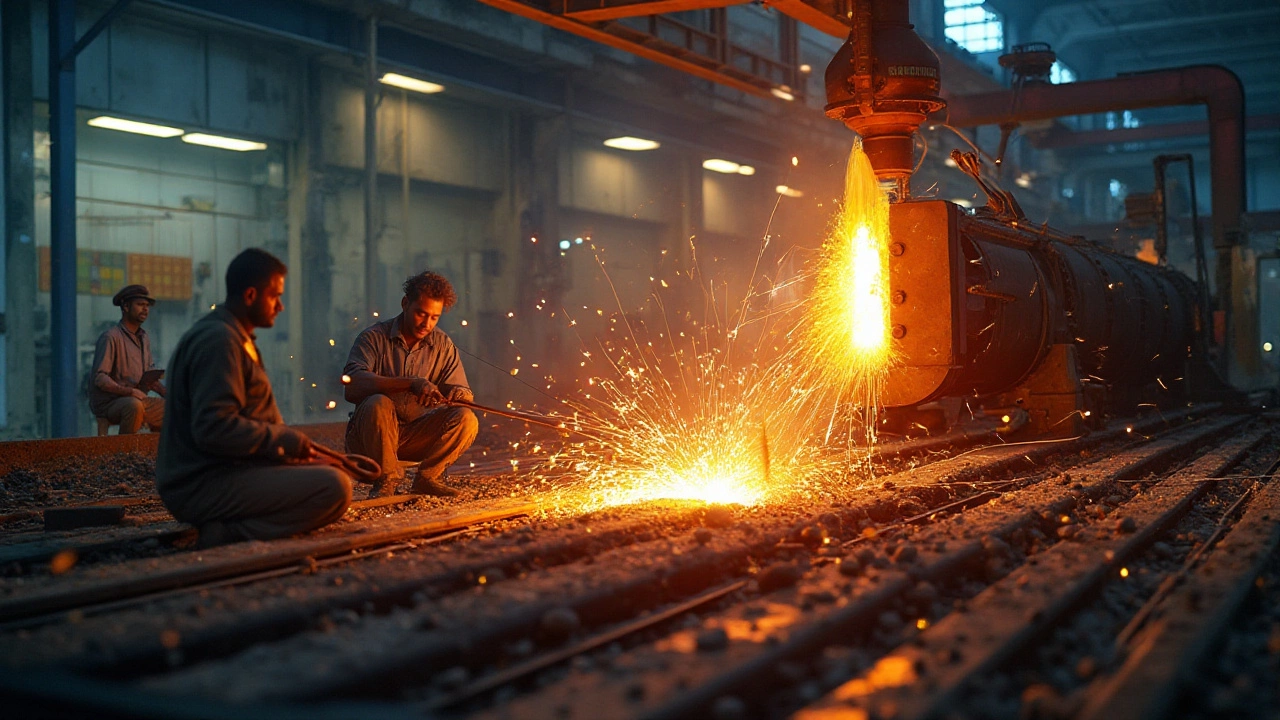Nucor – Steel Production and Market Insights
When talking about Nucor, the largest U.S. steel producer that relies heavily on electric‑arc furnace technology. Also known as Nucor Corporation, it has reshaped American steel by focusing on recycled scrap and low‑carbon processes. In the same breath, the steel industry, a backbone of construction, automotive, and energy sectors provides the market backdrop that drives Nucor’s strategies. Meanwhile, iron ore, the primary raw material fed into blast‑furnace operations worldwide remains a critical input for many of Nucor’s competitors, even though Nucor leans more on scrap metal. Understanding how these pieces fit together helps you see why Nucor matters today.
Nucor encompasses electric‑arc furnace steelmaking, which means it melts scrap metal using electricity rather than coal‑based blast furnaces. This approach cuts emissions and cuts costs, a key advantage in a market where sustainability and price pressure intersect. The company’s reliance on a robust supply chain of scrap dealers, rail logistics, and downstream fabricators creates a tightly linked network that can pivot quickly when demand shifts. For example, a slowdown in automotive production can be absorbed by redirecting scrap to construction‑grade steel, keeping furnaces running at optimal capacity.
The U.S. steel industry influences Nucor’s market positioning through tariffs, trade policies, and domestic construction cycles. When the government raises import duties on foreign steel, Nucor often sees a boost in orders because local buyers switch to home‑grown products. Conversely, a surge in infrastructure spending can flood the market with new contracts, prompting Nucor to expand capacity or upgrade its electric‑arc furnaces. These dynamics illustrate the triple relationship: Nucor requires iron ore or scrap, the steel industry shapes demand, and supply‑chain efficiency determines profitability.
Beyond raw materials, technology plays a huge role. Nucor invests heavily in automation, real‑time data monitoring, and AI‑driven maintenance to keep its mills humming. By linking furnace sensors to predictive analytics, the company reduces unplanned downtime and squeezes more steel out of each ton of scrap. This tech focus mirrors a broader trend in American manufacturing where digital tools are becoming as essential as physical equipment.
What You’ll Find Below
The articles in this collection dive into related topics such as heavy‑equipment market size, high‑demand product trends for 2025, and the history of steel hubs like Pittsburgh. You’ll also see how broader manufacturing themes—like small‑scale production ideas, plastic manufacturing hubs, and the rise of AI chips in India—interact with the steel sector. Together they paint a fuller picture of where Nucor sits in the global supply chain and what forces will shape its future.
Ready to explore the specifics? Below you’ll discover detailed analyses, real‑world examples, and actionable insights that connect Nucor’s operations to the larger manufacturing landscape.
